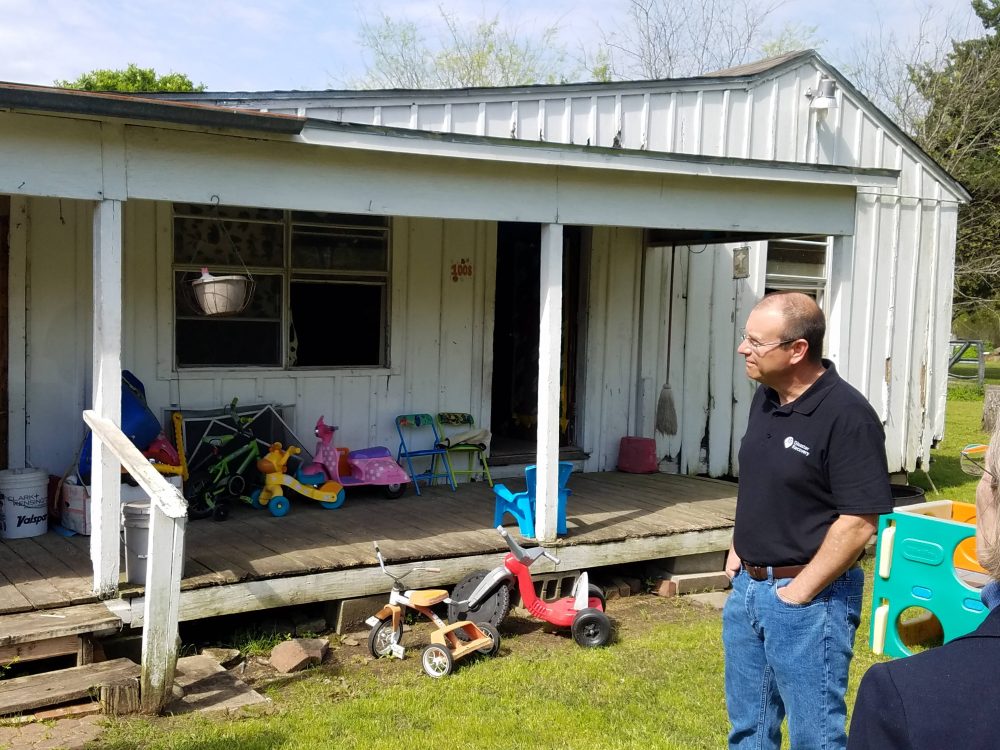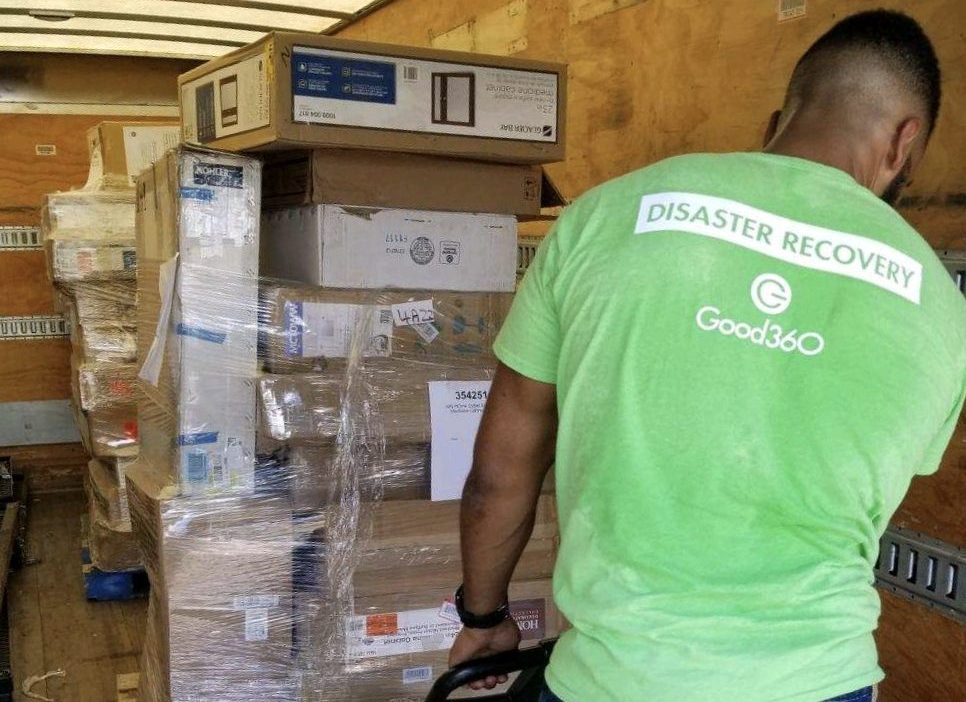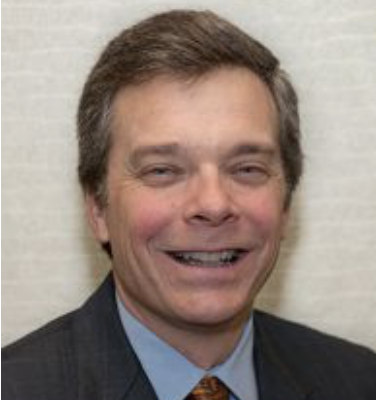No More Lights, No More Camera, But a Lot of Action: Hurricane Harvey Rebuilding Continues
This blog originally appeared on The Patterson Foundation’s website. “Is anyone good?” is a paraphrased question my oldest son recently asked as we watched the news, a reasonable question given the daily reports. I wish he could have joined me on a recent trip to Houston with The Patterson Foundation‘s (TPF) partner, Center for Disaster Philanthropy (CDP). […]

This blog originally appeared on The Patterson Foundation’s website.
“Is anyone good?” is a paraphrased question my oldest son recently asked as we watched the news, a reasonable question given the daily reports. I wish he could have joined me on a recent trip to Houston with The Patterson Foundation‘s (TPF) partner, Center for Disaster Philanthropy (CDP). On this trip, I saw good, a lot of good, by people who want to help others.
Hurricane Harvey made landfall in southern Texas in late August 2017, and with it brought around 50 inches of rain to the greater Houston area. For days, the news showed the impact of the devastation. Naturally, it was horrible to watch. However, the generosity of the American people, individually and through organizations, was on display. Millions and millions of dollars were donated, and thousands of people volunteered to help.
CDP quickly established the CDP Hurricane Harvey Recovery Fund. TPF contributed to this fund to strengthen CDP’s work to support medium- and long-term rebuilding efforts in the region affected by the storm. This recent blog by Sally Ray shares a few updates.

The purpose of my visit to Houston on March 18, 2019, was to show TPF’s continued support of our partner, CDP, to meet representatives from other organizations — Google, Facebook, Starbucks — which had made contributions into the fund, and to understand more about the medium- to long-term rebuilding work.
A fund recipient, Attack Poverty (AP), which is continuing to work within its “Friends Communities” to help people rebuild physically and emotionally, hosted us. Brandon Baca and Sasha Cox educated the group on AP’s model of partnerships and collaborations, which are designed to leverage the funds available. Through this model, AP can provide more help. For example, we visited a home which is in process of being repaired due to its leaking roof. (YES, 18 months after, this family’s house is still leaking when it rains.) AP is working with a network of agencies and volunteers to fix the house at a very minimal cost. This is but one example of people and groups continuing to help others in need well past the “lights and cameras” that were in town nearly two years ago.
I learned that just about all of the private money raised in the aftermath of Hurricane Harvey has been allocated. I know this has helped many and is a good thing, however, if most of the money was spent, then how will those still without homes, those with damaged homes, those still frightened every time it rains…how will they get the help they need?
Fortunately CDP and Rebuild Texas, both focusing on long-term recovery, have funds, and more importantly partnerships, to continue to help those in need.
Learn more about the Hurricane Harvey Fund or any of the CDP Recovery Funds (unfortunately, there are many).
Regine A. Webster, vice president and founding executive director of the Center for Disaster Philanthropy (CDP), explains what CDP does, what makes the organization unique and how we’re transforming the field of disaster philanthropy.
More like this

19 Months Later: Stories from Hurricane Harvey Recovery

